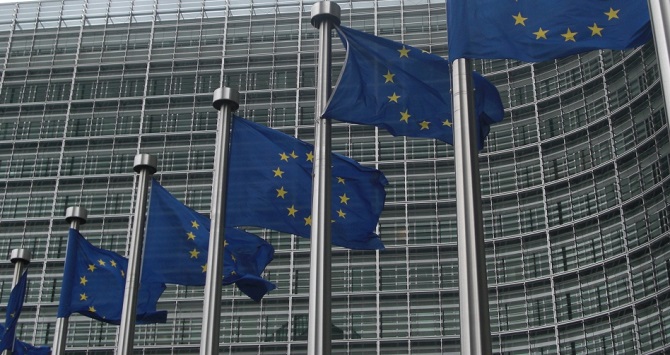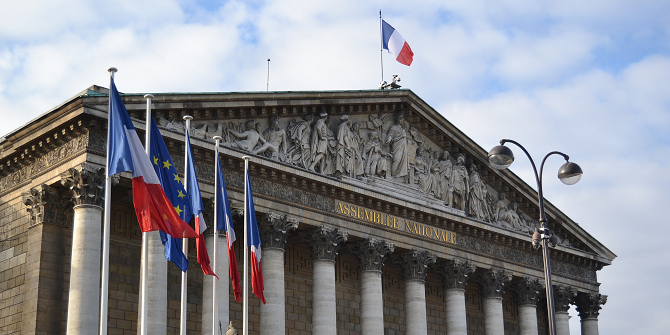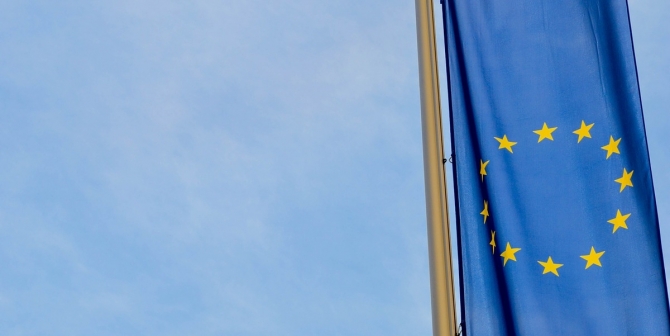This February, Lamberto Zannier, High Commissioner on National Minorities at the OSCE, launched the “Tallinn Guidelines on National Minorities and the Media in the Digital Ages”. Marc Röggla, a Researcher with the Institute for Minority Rights at Eurac Research in Italy and General Secretary of the European Association of Newspapers in Minority and Regional Languages, explains that minority newspapers are experiencing difficult times in Europe, and asks whether the Tallinn Guidelines might constitute a lifeline for minority newspapers?
It is beyond dispute that the entire media sector has found itself in a period of transition and reinvention. The newspaper sector is affected particularly heavily by these winds of change, and minority media, often lacking economic stability and political support, are at the forefront of this transition.
According to figures from the Federal Union of European Nationalities, a political umbrella organization for minorities, one in seven Europeans is part of an autochthonous minority or speaks a regional or minority language. Minority newspapers and minorities per se, situated in border-regions, tend to be more Europhile. Thus, minority media do not only represent specific regional interests, but play an important role in making minorities aware of European topics.
Minority newspapers do not only provide access to information and facilitate participation of minorities, but they give minorities a voice, play a crucial role in minority protection and guarantee the preservation of the minority’s identity. Consequently, minority media are an important asset to guarantee freedom of expression and pluralism within the European Union.
Always a step behind
In comparison with mainstream media, minority media tend to be in a weaker market position, due to a smaller readership and subscriber base, which means less ad revenue and thus a more difficult financial situation. Furthermore, minority media tend to be excluded from public funding schemes on a national and European levels. At a European level there are virtually no dedicated funding programmes for minority media, while at a national level minority media are often competing for public funding with the ‘big’ media houses.
Because of this funding asymmetry and the consequent lack of know-how and staff, minority newspapers have been heavily affected by the shift from print to digital. To run both an online and printed newspaper augments costs and resources, while funding and readership remain more or less the same, and the competition in the digital space is higher.
Generally speaking, most minority newspapers are only functioning because of their very strong roots within the minority communities. For example, Pr.A.E., publisher of the Slovenian daily newspaper Primorski dnevnik in Trieste, Italy, the only newspaper in Slovenian language in Italy, was established around 20 years ago by a cooperative of readers and subscribers, and now has more than 2,000 members. The cooperative owns the newspaper, and members attend the yearly general assembly to adopt the financial and strategic decisions related to the newspaper. Its strong foundation within the community is the only way to guarantee the survival of the newspaper.
Some minority newspapers have already had to shut down or go online only. In 2008, the Gaelic newspaper in Ireland Lá had to close due to financial constraints and the lack of public funding. Financial constraints also mean that the Galician newspaper Galicia Hoxe from Spain has been published online only since 2011. In 2018, Der Nordschleswiger, a German newspaper in South-Denmark, announced that by 2021 the newspaper will cancel both its print version and e-paper and become a classic online outlet. It is likely that in the coming years other newspapers will have to follow their example.
Therefore, the future for minority newspapers does not look bright. In many cases, if funding within the minority community ceases, newspapers will have to close. Thus, minority newspapers must find ways to innovate to successfully address the digitalization process, and to secure their future. It seems unlikely that they will reach safe harbours without some political and financial support.
Tallinn Guidelines – a lifeline?
The brief of the High Commissioner on National Minorities (HCNM) at the Organisation for Security and Cooperation in Europe comprises conflict prevention on issues related to minorities. In the past, the HCNM has published different sets of guidelines to address possible tensions which could affect majority-minority relations. These have varied in recent years from language and educational issues to integration, justice, media, participation and inter-state relations. In Tallinn in February, the HCNM launched a new set of guidelines on “National Minorities and the Media in the Digital Age”.
Do these Tallinn Guidelines offer sufficient help to minority newspapers in this period of transition? How do they influence media policies on a national level?
Firstly, it goes without saying that the Tallinn Guidelines primarily focus on digital media and information technologies, therefore it is difficult to find measures that apply to minority newspapers. Also, the High Commissioner’s thematic Recommendations and Guidelines offer only guidance on developing policies for national leaders – they are not legally binding. Therefore, the short answer to whether they provide enough help is ‘no’.
Nevertheless, the Guidelines contain some important points for minority newspapers looking to bolster their digital market position. Firstly, at a time when national minorities are not a priority within the European Union, it is notable that the Guidelines encourage states to take measures for the promotion of freedom of expression and to guarantee access to information in minorities’ mother tongues and through the media of their choice, and suggest ensuring that ‘effective remedies are available to everyone whose right to freedom is violated’.
Furthermore, states are recommended to promote ‘shared discursive spaces’ provided by majority media to foster dialogue and to reduce intolerance. This could indirectly promote cooperation between minority and majority media, as majority media are encouraged to report on issues also of relevance to minorities. In this respect, the Guidelines also suggest promoting the translation of media content in the state languages into the minority language and vice versa.
As noted above, small minority newspapers in particular often lack the resources and the technological know-how to keep up with majority newspapers in the digital market, which further undermines their market position. According to the guidelines, states are encouraged to support the production of content by national minorities technically and financially. In this regard states should ensure that everyone can develop the skills to not only access and use digital content but also to produce and create it. The Tallinn Guidelines recommend an elimination of inequalities, the creation of funding opportunities and the promotion of technical skills of minorities through educational programs. Existing funding schemes should ring fence certain proportions for the funding of content corresponding to the needs of national minorities.
The Guidelines remain recommendations, and states are not obliged to follow them. But they are still a valuable basis for negotiation and advocacy for minority media, and they should contribute to assure the survival not only of digital minority media, but also to strengthen the position of traditional minority newspapers.
This article gives the views of the author and does not represent the position of the LSE Media Policy Project blog, nor of the London School of Economics and Political Science. Headshot photo credit: credit AFP/Joe Klamar.






